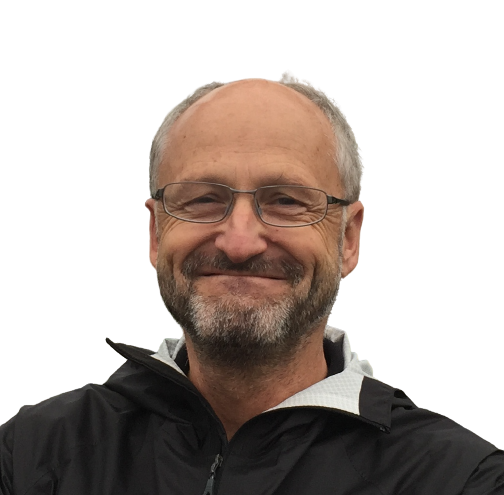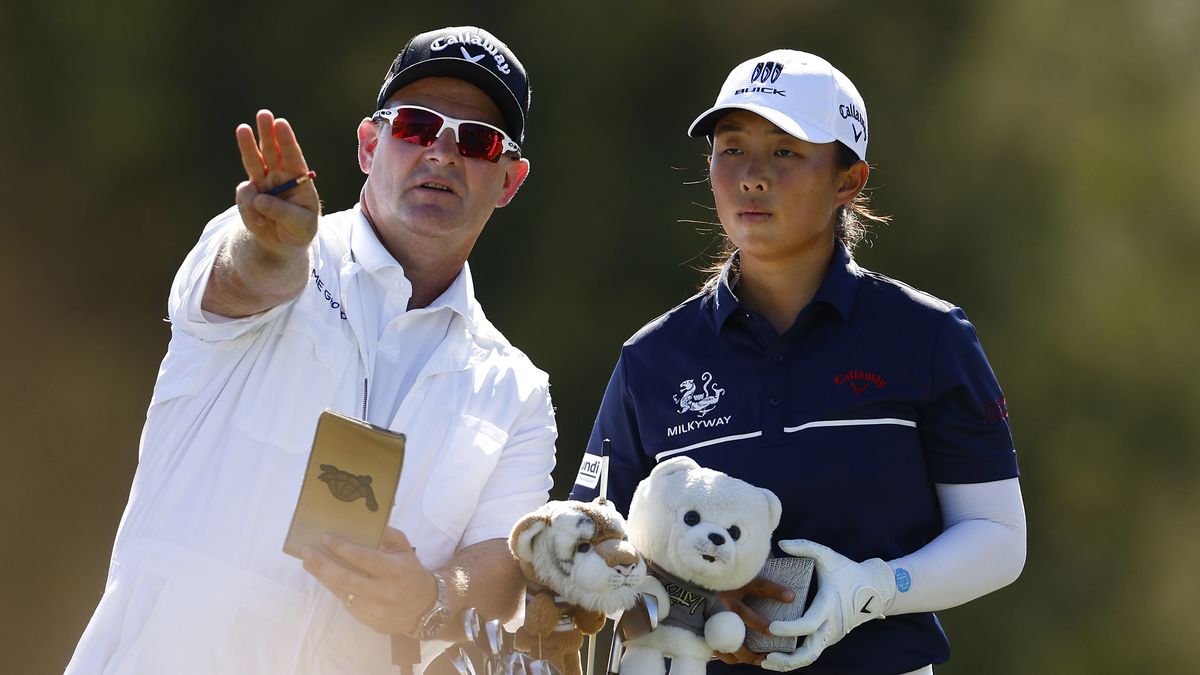Before a cell fully commits to the process of dividing into two new cells, it can ensure the appropriateness of its division by remaining in a reversible intermediate stage for many hours—sometimes more than a day—researchers at Weill Cornell Medicine have discovered. Their discovery of this fundamental biological feature includes details of its mechanisms and dynamics that may inform the development of future therapies for cancer and other diseases.
In their study, published June 26 in Nature, the researchers developed new tools to track over time the activation state of E2F, a transcription factor protein long known to be the master switch for initiating division in mammalian cells. They surprisingly found that before E2F is fully activated, it can remain in a potentially long state of partial and reversible activation that can end with complete cell division or a return to the usual non-dividing, “quiet” state.
Although the function of this precondition for cell division is not yet fully understood, it appears to be a safety mechanism designed to prevent inappropriate cell division and may also activate DNA repair functions. In any case, it is a fundamental – and as yet undiscovered – aspect of cell biology that is likely to have implications for understanding cancer, wound healing and other processes related to cell division.

Tobias Meyer
“We suspect, for example, that some cancer cell types linger in this intermediate stage before cell division to improve their chances of survival,” said the study’s lead author, Dr. Tobias Meyer, Joseph Hinsey Professor of Cell and Developmental Biology and Professor of Biochemistry at Weill Cornell Medicine.
The study’s first author – and corresponding author with Dr. Meyer – is Dr. Yumi Konagaya, who was a postdoctoral fellow in the Meyer lab during the study and is now a senior researcher at Riken, a national research institute in Japan.
Cell division is the fundamental process underlying the growth and development of living things, and is necessary for wound healing and general tissue maintenance even in adult organisms. Although it is known that the division process in a cell begins when various input signals trigger the activation of E2F, how it works has always been a mystery. The activation process is in principle very sensitive to input signals, but these signals are very susceptible to fluctuations – so how does the cell avoid constant, inappropriate E2F activation and cell division?
To answer this question, Dr. Konagaya developed the first-ever methods to track the detailed activation status of E2F and its signaling partners in individual cells as cells transition from their usual resting state to the process of division. Using these new tools, she observed that E2F, which is activated by multiple chemical modifications called phosphorylations, often remains in an extended, partially activated, “primed” state in which some, but not all, necessary phosphorylations have taken place.
“It became clear that cells can remain in this prepared state for more than a day before returning to quiescence or continuing cell division,” said Dr. Konagaya.
According to the researchers, it seems likely that this intermediate state gives cells time to sense and integrate the usual, fluctuating cell division inputs, thereby smoothing out this “noise” and reducing the likelihood of inappropriate division. However, the researchers suspect that this state also has other functions, including facilitating DNA repair, since cells in this state show signs of activated DNA repair processes. A DNA repair function could benefit both cancer cells and healthy cells, noted Dr. Meyer.
“Cancer cells often die when they divide because they have accumulated DNA damage, but this intermediate state triggers a mechanism to repair DNA damage, so some cancers may use this state to repair themselves before dividing,” he said.
The researchers plan to continue this, in part, by studying the role of this intermediate pre-division stage in cancers. Knowing the telltale phosphorylation pattern of this intermediate stage would, in principle, enable them to develop tests to identify cancers at this stage, which could help optimize treatments.



